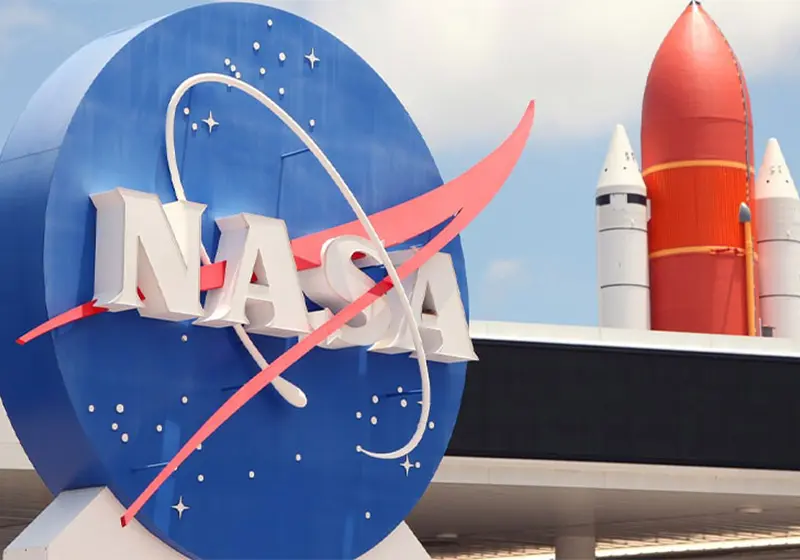By: Elizabeth Kwan
On July 17, 2024, as the Cape Canaveral internal review concluded, NASA administrators walked out with an anchor to their heavy hearts. VIPER, the Volatiles Investigating Polar Exploration Rover set to explore the Moon’s south pole, was canceled due to a decrease in Congress’ financial support.
Canceling the mission and reusing parts of VIPER would save the space agency 84 million dollars. These funds would go into other explorations, such as the Europa Clipper, which will search for inhabitable land on one of Jupiter’s many moons, Europa. Since NASA is more familiar with the moon than any other celestial body after multiple successful projects, the Europa Clipper is one of NASA’s top priorities. This isn’t the first time NASA ducked out of a mission for financial reasons. Apollo 18, 19, and the Constellation program are all victims of NASA’s frequent budget cuts.
“We were very confident in the VIPER team. This really gets down to cost and a… constrained budget environment in the United States,” said Joel Kearns, deputy associate administrator for exploration at NASA. Planning for VIPER had started in 2019 ; with the recently finished construction, the entire project cost approximately 500 million dollars.
NASA engineers share a mix of frustration and disappointment for VIPER’s cancellation. Clive Neal, a moon scientist at the University of Notre Dame in Indiana, commented on the decision as “a dark day for lunar science and maybe the Artemis program.” Scientists expected VIPER to uncover possible lifeforms within the moon’s ice and bring back information about the moon’s shadowed half to reveal the solar system’s history. Now, where VIPER could have gone remains in the imagination.
Furthermore, many space fans are concerned that VIPER and the trail of past canceled programs will discourage discoveries beyond Earth. At the current rate of climate change, NASA predicts that by 2070, Southeast Asia, Brazil, and the Red Sea will become uninhabitable. Astrophysicists and NASA engineers are thinking of building elevated houses on the moon and shelters on Mars for research insight, but how will these ideas become reality when the world’s number one space agency is constantly struggling with budget cuts?
“We don’t make [these choices] lightly. We put a lot of thought into the best way to move forward,”
Nicola Fox, the associate administrator for NASA’s science mission directorate, said. If VIPER were to continue, Congress would make cuts in other missions to the moon.











